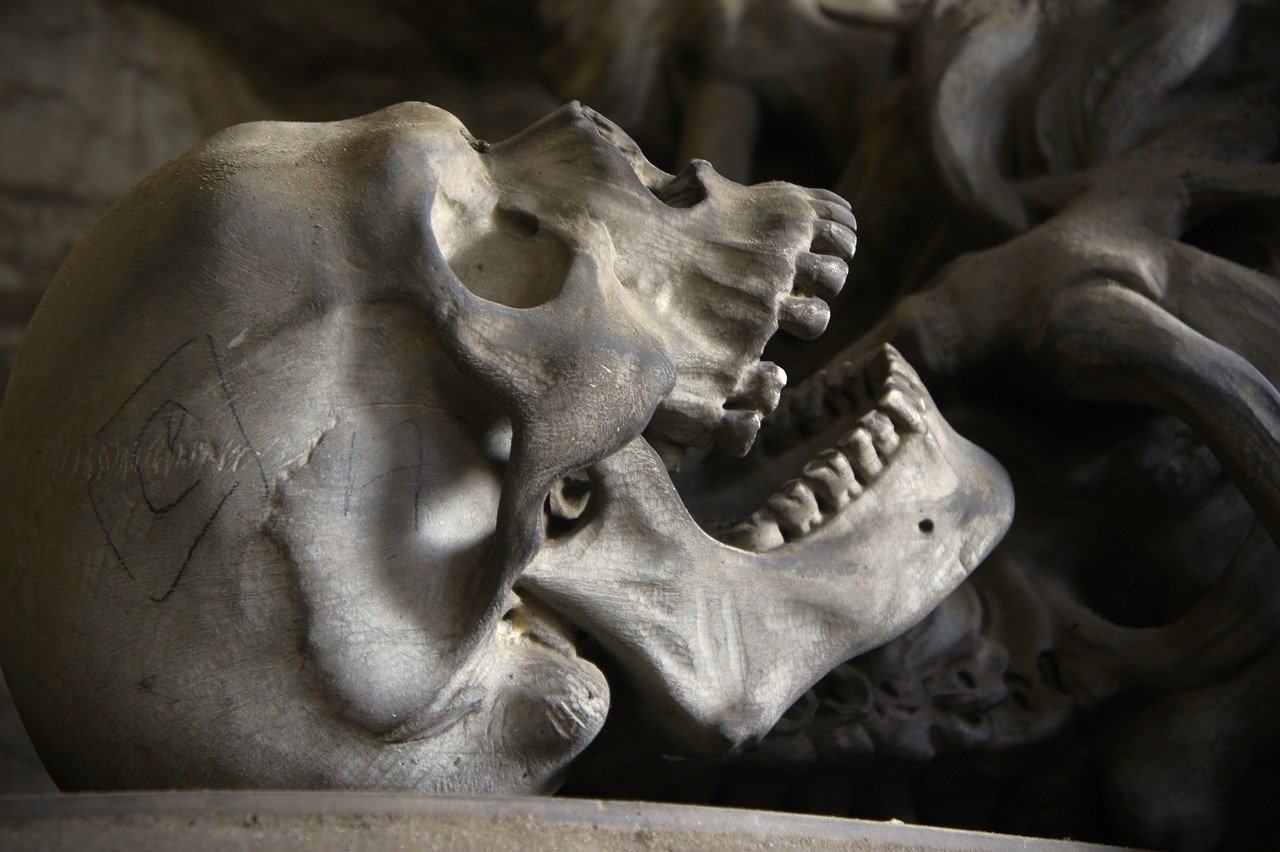A new analysis of the remains of nearly 5,000 ancient humans, spanning from Western Europe to Asia and dating up to 34,000 years ago, has yielded the world’s largest gene bank of ancient human DNA, according to the findings of an international team of researchers.
The team reports that they were able to identify the source of several neurodegenerative diseases, including multiple sclerosis (MS), and how those illnesses made their way into Europe and around the globe. Multiple sclerosis (MS) is most prevalent in Northern Europe, a phenomenon that has puzzled scientists for years.
MS is a chronic, often disabling disease that primarily affects the central nervous system, which includes the brain and spinal cord. It is characterized by the body’s immune system mistakenly attacking myelin, the protective sheath that covers nerve fibers. Myelin is crucial for the efficient transmission of nerve impulses along nerve fibers.
If myelin is damaged, this transmission can be disrupted or blocked, leading to various, often serious, symptoms. This autoimmune attack on myelin leads to inflammation and damage and, in severe cases, the formation of scar tissue, which further hinders nerve signal transmission. There is currently no cure for MS.
According to this latest research, it has been revealed that key genetic factors increasing the risk of MS were introduced into northwestern Europe about 5,000 years ago. This genetic influx is attributed to the migration of sheep and cattle herders from the east.
In a collection of four papers published in Nature, the team undertook a meticulous analysis of ancient human remains – bones and teeth – excavated from various sites across Eurasia. Researchers pinpointed the origins of these MS-related genes to the Pontic Steppe, an expansive region that includes parts of modern-day Ukraine, South-West Russia, and West Kazakhstan. The study identified the Yamnaya people, ancient livestock herders known for their extensive migrations, as the carriers of these genetic variants.
Interestingly, these genetic traits conferred a survival advantage to the Yamnaya, likely offering protection against infections from their livestock. However, these same genes also heightened the risk of developing MS.
“Carrying the MS risk genes must have been a significant advantage for the Yamnaya upon their arrival in Europe, despite the increased MS risk they brought,” explained Professor Eske Willerslev of the Universities of Cambridge and Copenhagen. Willerslev, an expert in ancient DNA analysis and the project’s director, notes that these findings not only reshape our understanding of MS but also have crucial implications for its treatment.
The research encompassed a broad temporal range, examining specimens from the Mesolithic era to the Middle Ages, with the oldest genome dating back about 34,000 years. This comprehensive study offers an explanation for the ‘North-South Gradient,’ the observed phenomenon of higher MS incidence in Northern Europe compared to Southern Europe.
Genetically, the Yamnaya are considered ancestors of many in present-day Northwestern Europe, while their influence is less pronounced in the Southern European population. Previous studies identified 233 genetic variants linked to an increased MS risk. These variants, influenced by environmental and lifestyle factors, raise the risk of developing the disease by approximately 30%. The new research has found that these genetic risk factors for MS existed in ancient human remains, bridging a connection across millennia.
This collection of DNA research has also led the team to develop a richer understanding of multiple other illnesses that affect humans. According to these studies, the gene bank has been instrumental in linking genes from ancient populations to modern diseases like Alzheimer’s and type 2 diabetes. The team also hopes that, with all this DNA, the root genetic markers for diseases like autism, ADHD, schizophrenia, bipolar disorder, and depression can also be more thoroughly investigated.
Dr. William Barrie, a co-author of the study and postdoctoral researcher at the University of Cambridge’s Department of Zoology, expressed the team’s astonishment at the results.
“These findings represent a significant advancement in our comprehension of MS and other autoimmune diseases’ evolution,” Barrie said in a statement.
“They underscore the profound impact of our ancestor’s lifestyles on contemporary disease susceptibility, reminding us of our inheritance of ancient immune systems in today’s world,” he stated.
MJ Banias is a journalist who covers security and technology. He is the host of The Debrief Weekly Report. You can email MJ at mj@thedebrief.org or follow him on Twitter @mjbanias.

